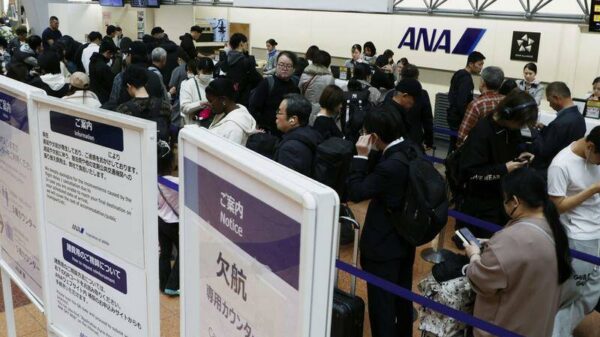Recent data from the Australian Bureau of Statistics reveals that women in Australia have reached a historic milestone in workforce participation. As of March 2024, the participation rate for women has surged to an unprecedented level, reflecting significant changes in the job market and societal norms.
This record-breaking achievement can be attributed to several factors. The ongoing impact of public health initiatives, coupled with the growing acceptance of remote work, has reshaped the employment landscape. Many women have seized opportunities to balance professional and personal responsibilities, contributing to this rise in workforce engagement.
The shift toward work-from-home arrangements has played a crucial role in this trend. With flexible work conditions becoming more common, women are finding it easier to enter or re-enter the job market. This flexibility allows for better management of family obligations, thereby reducing barriers that previously hindered workforce participation.
Additionally, the current economic climate, characterized by low unemployment rates and an increase in housing costs, has prompted many women to seek employment. The affordability of mortgages has encouraged dual-income households, further driving the demand for female workers.
According to the Australian Bureau of Statistics, the workforce participation rate for women reached a remarkable 62.3% in March 2024, surpassing previous records. This statistic highlights the growing importance of women’s contributions to the overall economy and signals a shift in traditional employment patterns.
The increase in women’s workforce participation is not only beneficial for individual families but also enhances the broader economy. More women in the workforce leads to increased consumer spending, which can stimulate growth in various sectors. As businesses recognize the value of a diverse workforce, many are actively seeking to recruit women, further contributing to this positive trend.
While these developments are encouraging, challenges remain. Issues such as gender pay gaps and underrepresentation in leadership roles persist. Addressing these inequalities will be crucial to ensuring that the recent progress is sustained and that women can fully realize their potential in the workforce.
In conclusion, the rise in women’s workforce participation in Australia is a significant indicator of changing economic dynamics. The combination of public health measures, flexible work arrangements, and evolving societal expectations is reshaping the job market. As the country continues to navigate these changes, the focus must remain on creating an inclusive environment where women can thrive professionally.





























































